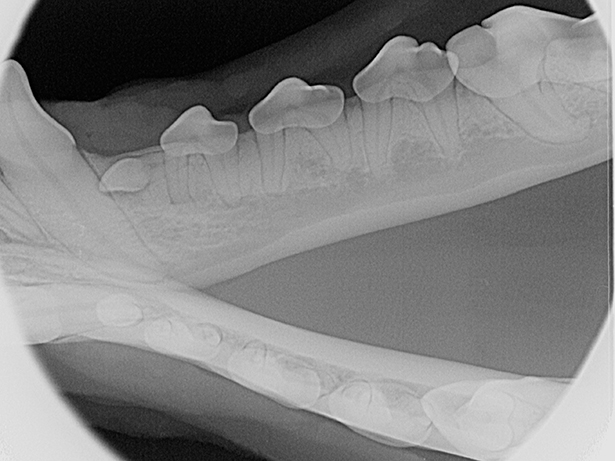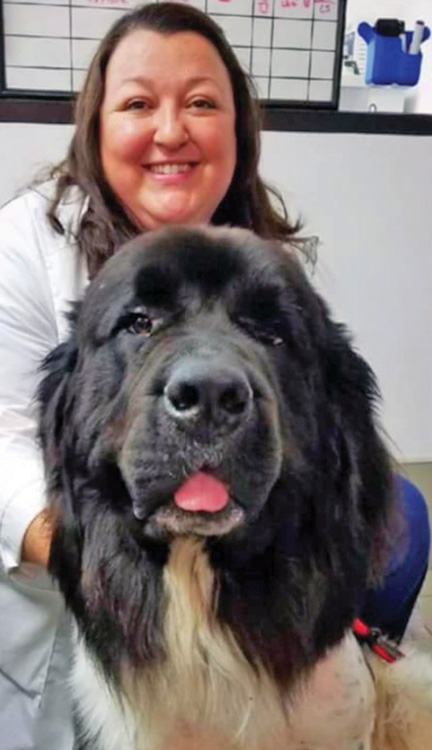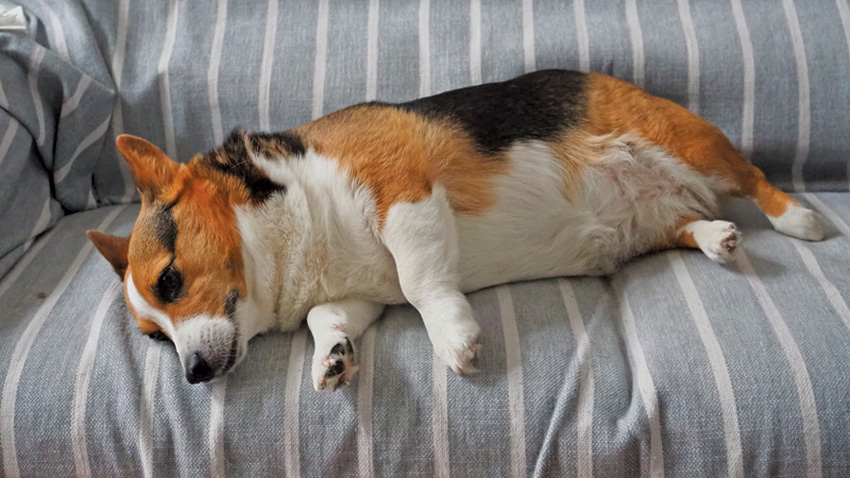#10
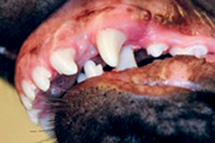
Check for malocclusions during puppy visits. Five to six months of age is the best time to intervene so that traumatic malocclusions can be prevented. Preventing or treating malocclusions could prevent an oronasal fistula in the future. Look for linguoverted mandibular canine teeth in Standard Poodles.
#9
Look for supernumerary roots on the maxillary third premolar if you are extracting this tooth. Supernumerary roots occur in about 10 percent of dogs.1
#8
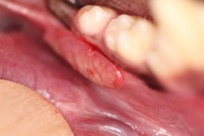
Make sure dogs presenting with eosinophilic granulomas are on flea prevention. In a recent report, 70 percent of asymptomatic dogs with eosinophilic granulomas were successfully treated with allergy therapy alone or without medication altogether.2
#7
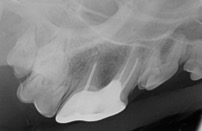
When there are crown fractures of the maxillary fourth premolar teeth, ask about habits at home. Switching from hard nylon bones, antlers, or marrow bones to dense rubber toys or rawhides under supervision may help prevent future crown fractures.
#6
Close cat extraction sites with 5-0 or 6-0 Polyglecaprone 25 (for example, Monocryl). Polydioxanone (for example, PDS) can survive in the mouth over a month, during which time plaque may form on the knots causing gingivitis.3
#5
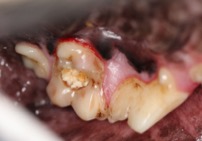
Check the maxillary first molars for carious lesions! The maxillary molars and the distal cusp of the mandibular molar are good places to look for these lesions even though they only affect about 5 percent of dogs.4
#4
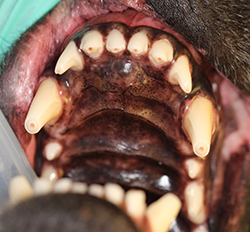
Where there is cage chewing wear, encourage the owners to change the habits since these teeth are at risk for fracturing. When there is excessive generalized wear, ask the owner if they can limit access to very abrasive toys such as tennis balls.
#3
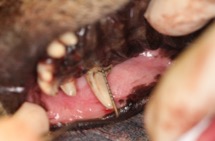
Don’t forget to probe the palatal aspect of maxillary canine teeth to check for oronasal fistulas. In one report, up to 55 percent of dogs presenting with rhinitis had an association with a dental etiology.5
#2
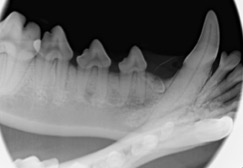
Count the mandibular premolars on brachycephalic dogs and take dental radiographs if you find you are missing the mandibular first premolar on oral exam. Brachycephalic breeds are more likely to have unerupted mandibular first premolar teeth, which puts them at risk for dentigerous cyst formation.
#1
Encourage your owners to brush their pets’ teeth after you have performed a comprehensive oral health assessment and treatment. Starting with less plaque and a pain-free mouth will set your pet owners up for success.

By Katherine Kling, DVM
References
- Verstraete FJ, Kass PH, Terpak CH. Diagnostic value of full-mouth radiography in dogs. American Journal Of Veterinary Research. 1998;59(6):686-691.
- Mendelsohn D, Lewis JR, Scott KI, Brown DC, Reiter AM. Clinicopathological Features, Risk Factors and Predispositions, and Response to Treatment of Eosinophilic Oral Disease in 24 Dogs (2000-2016). J Vet Dent. 2019;36(1):25-31.
- DeNardo GA, Brown NO, Trenka-Benthin S, Marretta SM. Comparison of seven different suture materials in the feline oral cavity. J Am Anim Hosp Assoc. 1996;32(2):164-172.
- Hale FA. Dental Caries in the Dog. J Vet Dent. 1998;15(2):79-83.
- Stepaniuk KS, Gingerich W. Suspect Odontogenic Infection Etiology for Canine Lymphoplasmacytic Rhinitis. J Vet Dent. 2015;32(1):22-29.

